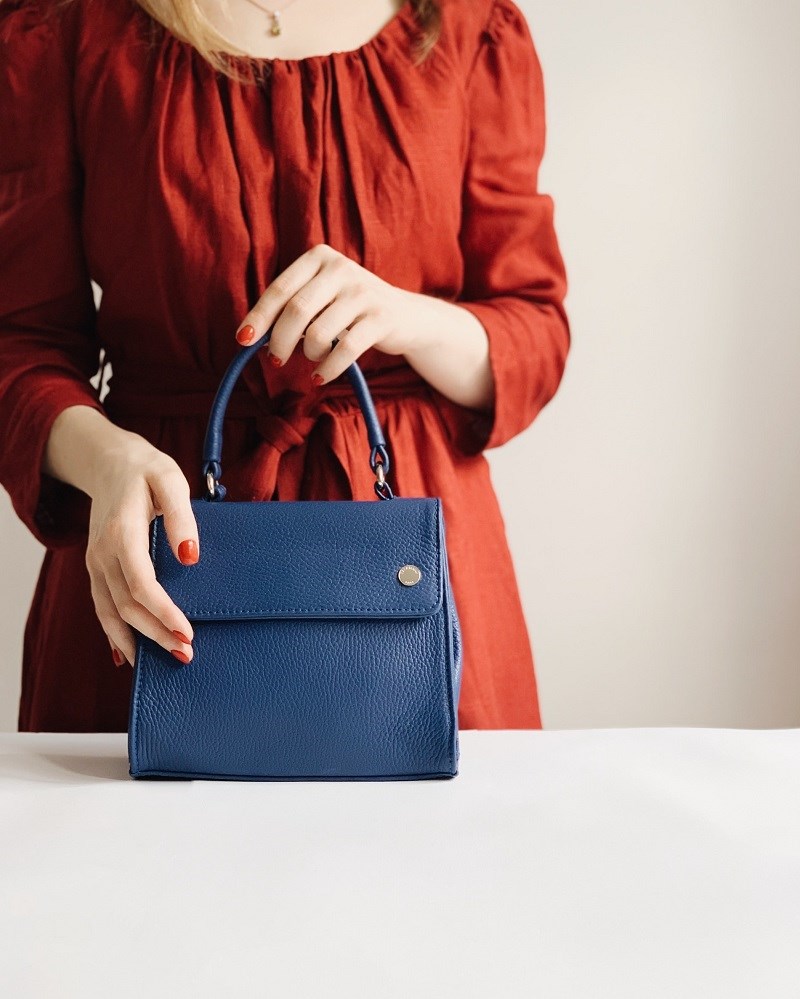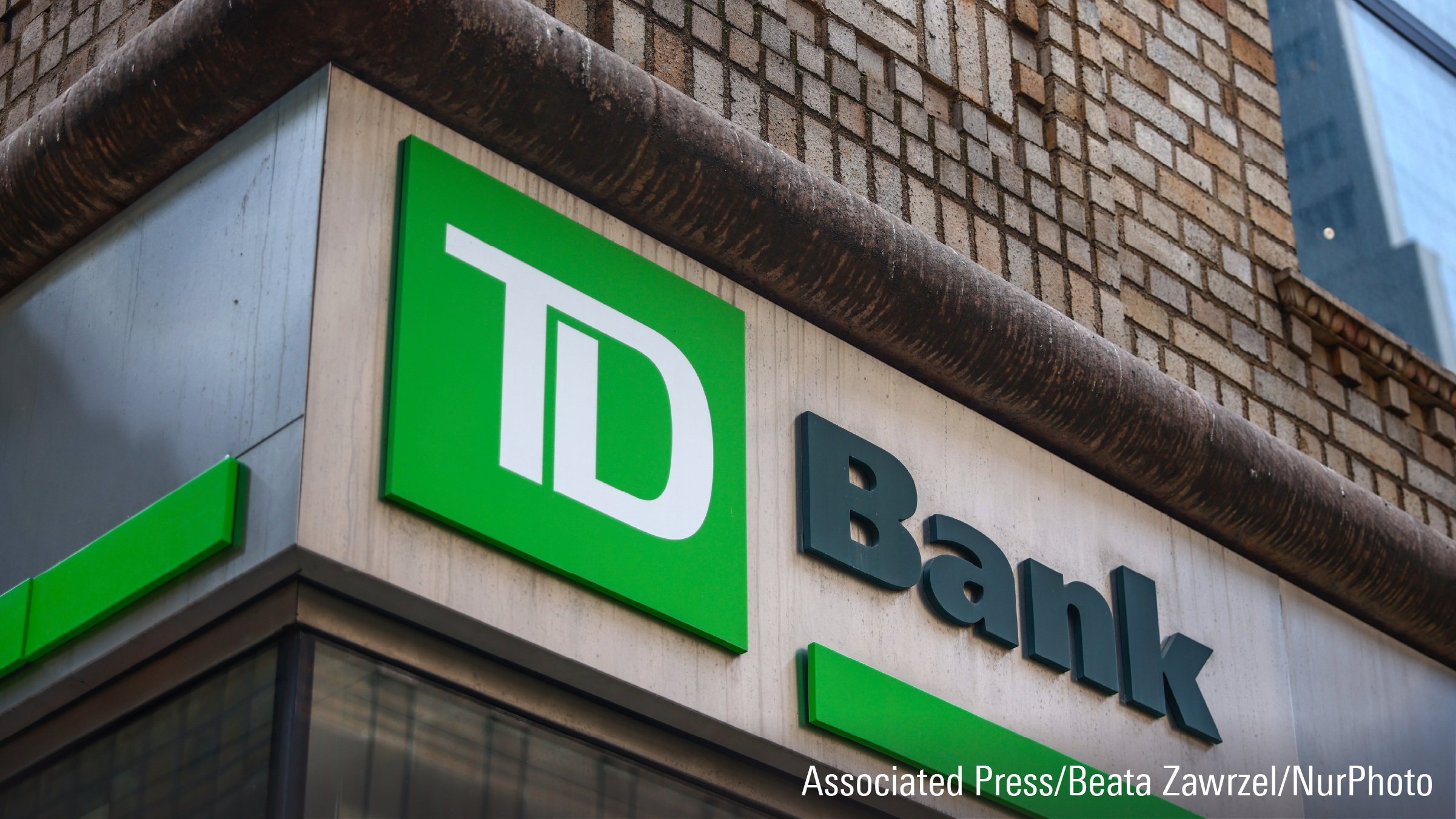
It’s the time of year when calorie-counting gracefully steps aside to make way for some good old festive indulgence. And what better way to get into the holiday spirit than by sinking your teeth into a decadent block of chocolate.
The default comfort food for many globally, chocolate continues to enjoy the special status that keeps it relatively immune from the vagaries of diet and nutrition trends. It’s little surprise that the global chocolate market is forecast to reach US$140 billion by 2024, growing at 4.5% annually, led by the U.S. (US$11.32 billion in 2019 sales), the cocoa-derived confectionery’s biggest market, but also supported by emerging markets where chocolate consumption is growing at a faster pace.
The rather sweet outlook for chocolate’s global demand makes investing in leading confectionary names a tempting proposition. The following chocolate makers are evolving nimbly and aggressively. They’re launching healthier products aligned with modern eating habits, and are offering customized, hand-crafted product variants to ensure a place in consumers’ shopping carts. On the other hand, they’re using price increases, cost cuts and global expansion to buttress their profitability.
|
Mondelez International Inc Class A |
||
|
Ticker: |
MDLZ |
|
|
Current yield: |
2.18% |
|
|
Forward P/E: |
19.76 |
|
|
Price: |
US$52.06 |
|
|
Fair value: |
US$52 |
|
|
Value: |
Fairly valued |
|
|
Moat: |
Wide |
|
|
Moat Trend: |
Stable |
|
|
Star Rating; |
*** |
|
|
Data as of Nov 21, 2019 |
||
Global chocolate and snack leader, Mondelez (MDLZ) owns a portfolio of well-known brands including Oreo, Chips Ahoy, Halls, Trident, and Cadbury, among others. The firm enjoys a dominant position across product aisles including biscuits (43% of sales), chocolate (31.5%), gum and candy (13.5%), beverage (5%), and cheese and grocery (7%). The firm derives almost 40% of revenue from developing markets, another 40% from Europe, the rest from North America.
The confectioner is using product innovation and price increases to drive growth, particularly in emerging markets. It commands leading positions in Latin American confectionery (controlling nearly one-fourth of the market) and in Western Europe (more than 17% share of the confectionery aisle).
“Mondelez holds the top spot in the biscuit aisle (with 16% share of the worldwide space) and is the leading global sugar candy manufacturer (with 9% share),” says a Morningstar equity report.
The snack maker’s wide economic moat, or sustainable competitive advantage, flows from the economies of scale, expansive global network, and entrenched retail relationships. Seven of its brands generate annual sales of more than US$1 billion each, “which ultimately aides retailers’ quest to drive traffic into outlets,” says Morningstar sector director, Erin Lash, who puts the stock’s fair value at US$52.
The company’s focus on crimping costs has realized US$1.5 billion, with potential for savings of another US$1 billion. A portion of the savings “would fuel additional spending on research and development and marketing, [to help] support Mondelez’s wide moat,” adds Lash.
|
The Hershey Co |
||
|
Ticker: |
HSY |
|
|
Current yield: |
2.07% |
|
|
Forward P/E: |
24.15 |
|
|
Price: |
US$146.64 |
|
|
Fair value: |
US$129 |
|
|
Value: |
1% Premium |
|
|
Moat: |
Wide |
|
|
Moat Trend: |
Stable |
|
|
Star Rating: |
** |
|
|
Data as of Nov 21, 2019 |
||
U.S. confectionery heavyweight, Hershey (HSY) holds nearly half of the US$25 billion domestic chocolate market. The firm’s brand mix comprises more than 80 names including Reese’s, Kisses, Cadbury and KitKat (for the last two, the company owns the U.S. licence). While the candy maker’s products are sold across 80 countries, the bulk of revenue comes from the U.S.; only about 15% of total sales are generated outside the U.S., primarily in Brazil, China, India, and Mexico.
Hershey dominates the U.S. market with a 45% share of the chocolate aisle. “And its outsize share extends across the U.S. confectionery space, where it controls more than 30% of the category,” says a Morningstar equity report.
This indicates that while indulgent offerings underpin Hershey’s niche, the firm remains a trusted brand with consumers and retailers reluctant to sacrifice taste.
The confectioner has been ramping up investments in core domestic brands while streamlining its brand mix on its home turf. Such measures should bolster revenue and profits. “These efforts should ultimately enable Hershey to more effectively focus its resources, both financial and personnel, on the highest-return opportunities, ultimately supporting the brand intangible assets that underlie our wide-moat rating,” says Lash, who recently upped the stock’s fair value from US$126 to US$129, prompted by improved cash generation.
Hershey is bringing new products to the market to stand out from the competition. The firm, Lash notes, has been adding more on-trend product categories to its portfolio mix while boosting profitability through increasing prices for its chocolate bars and candies.
|
Nestle SA ADR |
||
|
Ticker: |
NSRGY |
|
|
Current yield: |
2.31% |
|
|
Forward P/E: |
21.93 |
|
|
Price; |
US$103.93 |
|
|
Fair value: |
US$88 |
|
|
Value; |
18% Premium |
|
|
Moat; |
Wide |
|
|
Moat Trend; |
Stable |
|
|
Star Rating: |
** |
|
|
Data as of Nov 21, 2019 |
||
Global food behemoth Nestle SA (NSRGY) racked up more than US$90 billion in annual revenue. Its diverse product portfolio is studded with such stellar brands as Nestle, Nescafe, Perrier, Pure Life, and Purina, as well as popular chocolate brands including KitKat, Milkybar and Aero. Nestle also owns just over 23% of French cosmetics firm L'Oreal.
The world’s largest food and beverage manufacturer, it sells beverages, dairy products, nutrition and healthcare, ready-made meals, and confectionery across 189 countries. Nestle’s enviable brand portfolio includes more than 30 brands that rake in US$1 billion in annual sales each.
The company’s diversifying its portfolio to get in on the rapidly expanding healthy food market. Furthermore, it recently added new products such as US$17 bespoke KitKat and plant-based burgers, among others.
Nestle spends sizeable capital on research and development, “which helps in revamping brands when trends change,” says a Morningstar report, adding “continuous investment in innovation can drive volume and category growth.”
The food maker has effectively neutralized the effects of market commoditization through cost cuts and has reinvigorated growth by acquiring and divesting businesses and investing in high-growth categories. “Further, population growth, urbanisation, and economic growth are secular drivers in emerging markets, [which account for] a sizeable and growing share of its sales,” says Morningstar equity analyst, Ioannis Pontikis, who recently raised the stock’s fair value from US$84 to US$88, prompted by impressive organic growth in the last quarter.
Pontikis asserts Nestle’s entrenched position with retailers and a durable cost advantage conspire to create a wide moat, which will help generate profits for the next 20 years.





















